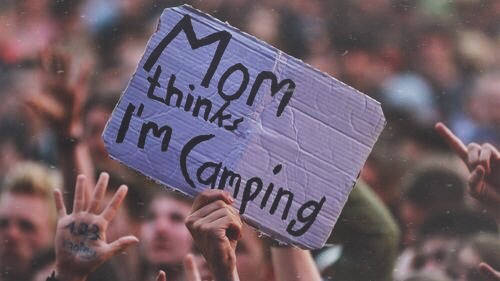What Is Ecstasy?
Ecstasy is the most common name for methylene-dioxymethyl amphetamine (MDMA)—a stimulant with hallucinogenic properties. Ecstasy ‘s street names include “X,” “E,” “Adam,” or “XTC.” The ecstasy compound was first synthesized in 1912, and found notoriety in the 1970s, when it began to gain popularity as a tool for opening up patients’ emotions in psychotherapy sessions. During the late 1980s and 1990s, ecstasy and many of its chemical cousins found their way onto the underground rave and dance club scenes, primarily to enhance the sensory dance experience, prevent exhaustion and facilitate social interaction.
What Does Ecstasy Look Like?
Pure ecstasy takes the form of a white crystalline powder, though the drug is almost never sold in loose powder form. More commonly, ecstasy is placed into capsules or pressed into colorful pills. Ecstasy pills are also often “branded” with different image imprints to designate given batches, using a wide variety of symbols ranging from cartoon characters to punctuation marks or more intricate designs. Ecstasy pills often contain only 100 mg of ecstasy, with the rest of the pill composed of talcum powders and food dye. On the street, the price of the pills is around $20, but can widely vary depending on purity, batch reputation and location.
How Is Ecstasy Used?
Often, ecstasy will be purchased from strangers at urban dance clubs, private underground parties, or large raves known as “massives.” Swallowing ecstasy in pill form is the most common means of ecstasy use, though it can also be diluted in water or another beverage and drank, with either form of ingestion generally taking 20 minutes to act. For a faster-acting high, some ecstasy users crush ecstasy pills into a fine MDMA powder, and ingest through snorting. Rarely are ecstasy pills or powder chemically comprised entirely of MDMA—more often, ecstasy pills are cut with cheaper substances such as amphetamines or caffeine, adding to the stimulant effects of the drug.
Is Ecstasy Legal?
Despite ecstasy’s low potential for biochemical addiction, MDMA remains listed as one the Drug Enforcement Agency’s Schedule I drugs in the United States—a status usually reserved for highly addictive, dangerous drugs without any conceivable medical purpose




